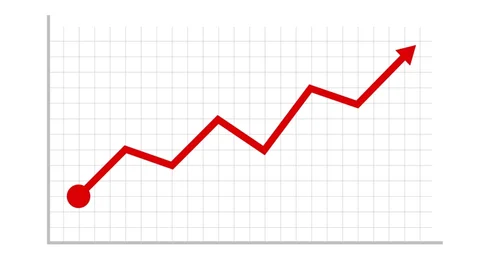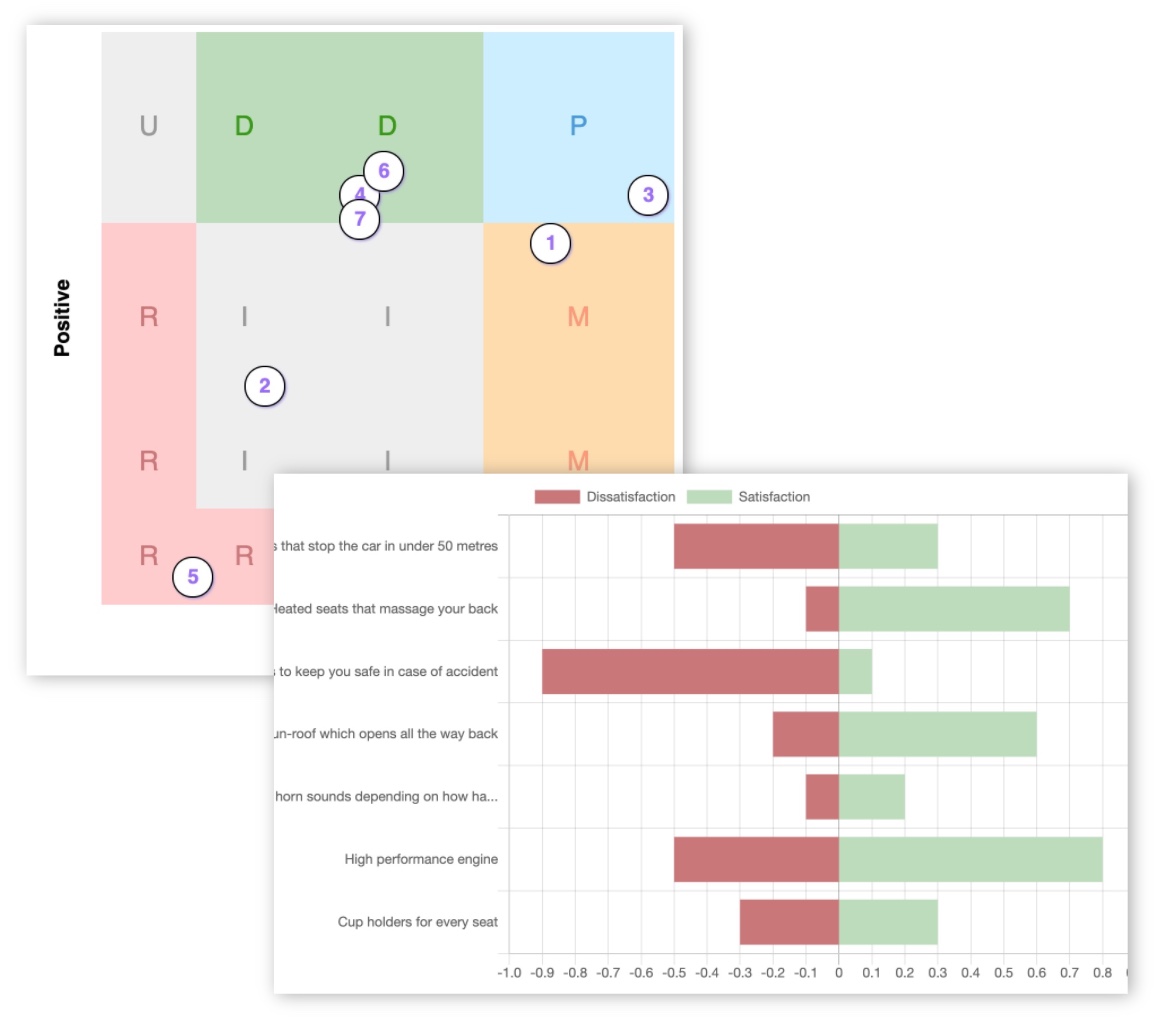Watch out for 'category drift' in your Kano Model features

The Kano model is a tool used in product development and management to understand customer needs and satisfaction (here's a Kano model template if you need one). It was developed by Professor Noriaki Kano in the 1980s, and it is based on the idea that customer satisfaction is not always directly related to the quality or performance of a product. Instead, customer satisfaction is determined by a combination of factors, including the presence or absence of certain features, the performance of those features, and how well those features match the customer's expectations.
One of the key concepts in the Kano model is the idea of "category drift." This refers to the way in which a product's features can move from one category to another over time. There are three primary Kano model categories of product features:
Must-have features: These are the basic features that a customer expects a product to have in order to meet their needs. For example, a smartphone must have a screen, a processor, and a battery in order to be useful.
Performance features: These are the features that enhance a product's performance or functionality beyond the basic must-have features. For example, a smartphone might have a high-resolution camera or a fast processor in order to improve its performance.
Delighter features:
These are the features that go above and beyond the customer's expectations and provide a sense of surprise or delight. For example, a smartphone might have a waterproof design or a built-in fingerprint scanner for added convenience and security.
The Kano model suggests that when a product is first introduced, its must-have features are the most important determinant of customer satisfaction. As time goes on, however, the importance of those must-have features decreases as customers come to expect them. At the same time, the importance of performance and delighter features increases, as customers begin to expect a certain level of performance and seek out additional features that provide added value. This is Kano drift.
This process can be seen in many different products and industries. For example, consider the evolution of the smartphone market. When smartphones were first introduced, the ability to make phone calls and send text messages were must-have features. Over time, however, those features became expected and no longer provided a significant advantage over other smartphones. As a result, smartphone manufacturers began to focus on performance features, such as screen resolution and processor speed, in order to differentiate their products and attract customers.
More recently, delighter features, such as waterproof designs and facial recognition technology, have become increasingly important in the smartphone market. These features are not necessarily essential for the basic functionality of a smartphone, but they provide added value and can help a product stand out in a crowded market.
Over time though, these features become commonplace and gradually drift from being unusual or uncommon delighters to being something that everyone has and therefore they’re now basic expectations!
The Kano category drift is not limited to the smartphone market. It can be seen in many other industries, such as automotive, home appliances, and even food and beverage. For example, in the automotive industry, basic features such as a reliable engine and comfortable seats were once somewhat novel as technology emerged and matured. Then over time those features became expected, and manufacturers began to focus on performance features such as fuel efficiency and safety technology. Now, delighter features such as advanced infotainment systems and self-driving capabilities are becoming more important in the automotive market. Soon these too will drift into the must-have category.
The drift from delighter to performance to must-have can also be seen in the food and beverage industry too. For example, the basic must-have features of a soft drink are that it is refreshing and thirst-quenching. Over time, however, those features became expected, and customers begin to look for performance features such as added vitamins or low calorie options. And now delighter features, such as unique and exotic flavors or colors, or even extravagant bottle shapes, are important in attracting new customers. But as these new features spread, they gradually become ubiquitous and slide down the category list into must-haves.
One way to recognize when a feature is starting to drift in the Kano model is to pay attention to customer feedback and behavior. If customers are no longer impressed or satisfied by a particular feature that was once exciting to them, it may be a sign that the feature is starting to drift towards performance or must-have.
Another way to recognize drift is to monitor market trends and competition. If other products in the market are offering similar or enhanced versions of a particular feature, it may be a sign that the feature has drifted and now is being innovated on.
Additionally, conducting market research and surveys can help to identify changes in customer expectations and needs. This can provide valuable insights into whether a particular feature is starting to drift and how to adjust product management strategies accordingly.
How long will features last before they drift?
It is unlikely that any product feature will remain a delighter forever, as customer expectations and needs are constantly evolving. In the Kano model, the importance of delighter features tends to increase over time, as customers come to expect a certain level of performance and seek out additional features that provide added value.
However, it is possible for a product feature to remain a delighter for a long time, if it consistently provides a level of value and satisfaction that goes above and beyond the customer's expectations. For example, a smartphone with a long-lasting battery life or a durable and stylish design could remain a delighter for a significant amount of time, as these features provide added value and convenience that customers may not be able to find in other products.
It is also worth noting that certain industries and markets may be more conducive to long-lasting delighter features. For example, the luxury goods market often relies on delighter features to differentiate products and attract customers who are willing to pay a premium for added value and exclusivity. In these cases, delighter features may remain important for a longer period of time.
Overall, it is difficult to predict which product features will remain delighters forever, as it largely depends on the changing needs and expectations of customers. It is important for businesses to continuously monitor Kano category drift and adapt to these changes in order to maintain a competitive advantage and provide products that meet the needs and expectations of their customers.
Kano Model surveys are an amazing tool for validating your ideas and your assumptions. Click the button below to get started:
Create your first survey now

 Give Feedback
Give Feedback
